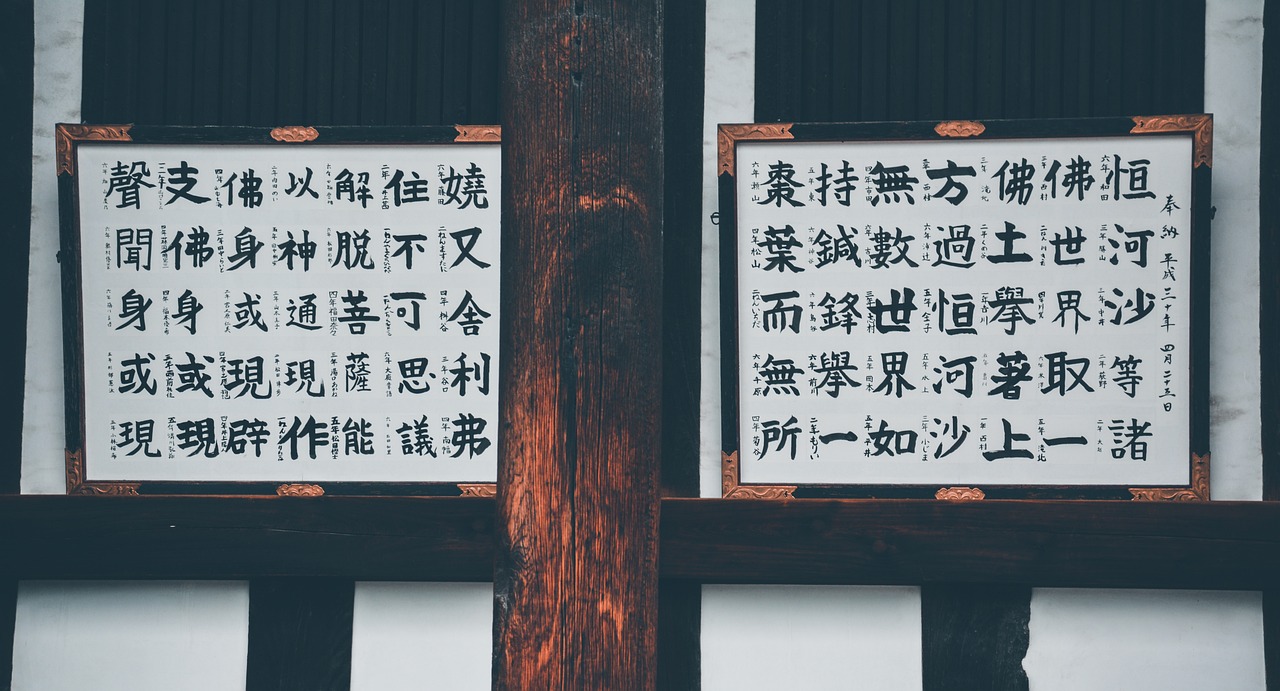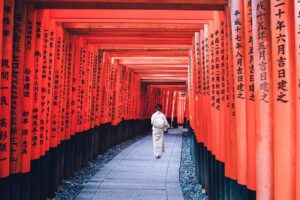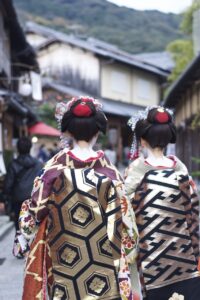
Japanese kanji, with its intricate strokes and profound meanings, stands as a testament to the rich tapestry of Japan’s history and culture. For many learners of the Japanese language, kanji might appear daunting, but it’s this very complexity that adds depth and nuance to every word. In this article, we’ll embark on a voyage of discovery, unraveling the origins of kanji, exploring its significance in the realm of food and drink, and offering invaluable tips for kanji novices.
Table of Contents
The Roots of Kanji: A Historical Glimpse
The story of kanji begins in ancient China. These logographic characters, which represent words or ideas, made their way to Japan between the 4th and 5th centuries. Initially, the Japanese used kanji solely for its meaning, but over time, they incorporated native Japanese words and pronunciations, leading to a fusion of language and script.
The significance of kanji lies not just in its functionality but also in its embodiment of Japanese culture and philosophy. Each character paints a picture, conveying deeper meanings and connections to nature, society, and spirituality.
Kanji on the Menu: Symbols of Food and Drink
For the gastronomically inclined, a foray into Japanese cuisine is incomplete without recognizing some essential kanji characters:
- 米 (Kome): This character signifies ‘rice,’ the bedrock of Japanese cuisine. It appears in various dishes, from sushi (寿司) to onigiri (おにぎり).
- 酒 (Sake): Not just the name of Japan’s famous rice wine, ‘sake’ in kanji can also mean ‘alcohol’ in a broader sense.
- 茶 (Cha): Representing ‘tea’, this kanji is prevalent, with variations like 緑茶 for green tea (ryokucha) and 紅茶 for black tea (kōcha).
These characters are but a glimpse into the vast world of culinary kanji. Recognizing them not only aids in menu navigation but also offers a deeper appreciation of the dish’s cultural significance.
Kanji for Beginners: Tips to Kickstart Your Journey
- Start with Radicals: Kanji characters are composed of radicals, the building blocks of kanji. Familiarizing yourself with common radicals can make the process of learning and recognizing kanji more manageable.
- Practice Regularly: Like any language, consistency is key. Daily practice, even if for a short duration, can yield significant results.
- Use Mnemonics: Creating a story or association around a kanji character can aid memory. For instance, the kanji for ‘forest’ (森) looks like three ‘trees’ (木) together.
- Engage with Real-life Materials: From manga to Japanese news articles, exposing yourself to real-life content can reinforce learning.
- Seek Feedback: Platforms like language exchange sites or apps that specialize in kanji learning can offer valuable corrections and insights.
Kanji is more than just a writing system; it’s a bridge to understanding the Japanese way of life, history, and ethos. As you embark on your kanji-learning journey, remember that each character carries a legacy, a story waiting to be discovered. With patience and passion, the intricate world of kanji will unfold before you, offering a richer experience of the Japanese language.
Click here for our article about Japanese phrases!





